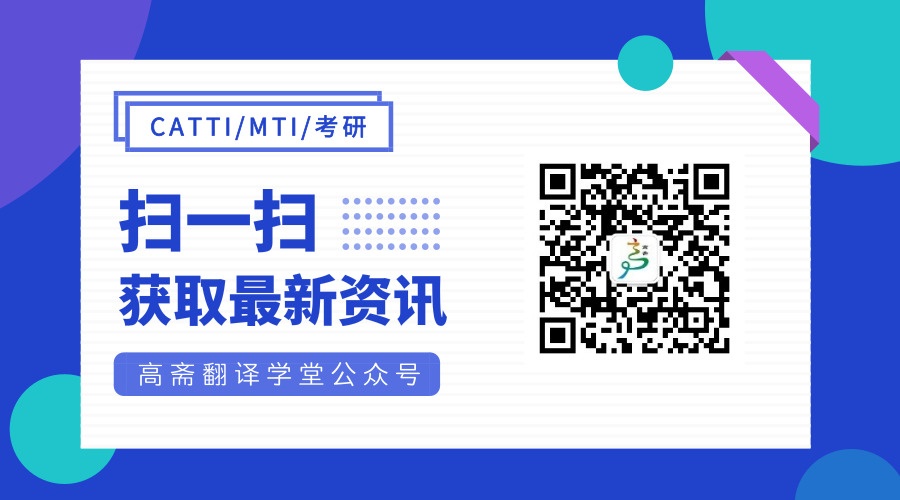双语:奥德蕾·阿祖莱总干事2019年国际扫盲日致辞
教科文组织总干事奥德蕾·阿祖莱2019年国际扫盲日致辞
“Literacy and Multilingualism”
“扫盲与多语言使用”
8 September 2019
2019年9月8日
Our world is rich and diverse with about 7,000 living languages. These languages are instruments for communication, engagement in lifelong learning, and participation in society and the world of work. They are also closely linked with distinctive identities, cultures, worldviews, and knowledge systems. Embracing linguistic diversity in education and literacy development is therefore a key part of developing inclusive societies that respect “diversity” and “difference”, upholding human dignity.
在我们丰富且多样化的世界上,有大约7000种活的语言。这些语言是沟通交流、参与终身学习以及进入社会和职场的工具,也涉及不同的身份、文化、世界观和知识体系。因此,在教育和扫盲事业的发展进程中接纳语言多样性,是建设尊重“多样性”和“差异”、维护人类尊严的包容性社会的关键所在。
Today, multilingualism – the use of more than >– has become much more common with greater human mobility and the growing ubiquity of multimodal and instantaneous communication. Its shape has also evolved with globalization and digitalization. While the use of certain languages has expanded for cross-country and community dialogue, numerous minority and indigenous languages have been endangered. These trends have implications for literacy development.
多语言使用,即在日常生活中使用不止一种语言,如今已经变得越来越普遍,因为人类的流动性越来越大,多模式和即时交流也日渐寻常。其形态也随着全球化和数字化发生演变。在跨国家和跨社区对话中,某些语言的使用范围不断扩大,但与此同时,许多少数民族和土著语言却面临威胁。这些趋势影响到扫盲事业的发展。
While different aspects of policies and practice interact for the promotion of literacy, building a solid literacy base in a mother language, before moving to a second or foreign language, has multiple benefits. However, about 40% of the world’s population does not have access to education in a language they speak or understand. We need to change this by making policies and practice more linguistically and culturally relevant, enriching multilingual literate environments and exploring the potential of digital technology. For more than seven decades, UNESCO has supported mother language-based, multilingual approaches to education as a means to enhance education quality and intercultural understandings. Nelson Mandela >“if you talk to a man in a language he understands, that goes to his head. If you talk to him in his language that goes to his heart.” Engaging with both head and mind is a key for effective learning.
尽管推动扫盲需要各方面政策和实践相互作用,但在过渡到第二语言或外语之前,以母语培养扎实的文化基础仍有诸多益处。然而,全世界依然有约40%的人口得不到以他们所讲或所懂的语言提供的教育。我们需要通过更具语言和文化相关性的政策和实践来改变这种状况,丰富使用多种语言的识字环境并探索数字技术的潜力。70多年以来,教科文组织一直支持以母语为基础的多语教育方法,以此作为提高教育质量和文化间理解的手段。纳尔逊·曼德拉有一句名言:“若你用对方理解的语言与他交谈,可以晓之以理;若你用对方的母语与他交谈,可以动之以情”。既能晓之以理,又能动之以情,这才是有效学习的关键所在。
This year is the International Year of Indigenous languages; it also marks the 25th anniversary of the World Conference on Special Needs Education, where the Salamanca Statement on Inclusive Education was adopted. In solidarity with these special occasions, and, on the occasion of International Literacy Day 2019, UNESCO invites you to rethink literacy in our contemporary multilingual world as part of the right to education and a means to create more inclusive and linguistically and culturally diverse societies.
今年是土著语言国际年,也是世界特殊需要教育大会通过有关全纳教育的《萨拉曼卡声明》25周年。为呼应这两项特别纪念活动,值此2019年国际扫盲日之际,教科文组织邀请大家重新思考我们当代多语世界中的扫盲问题,将扫盲作为受教育权的一部分,以及打造更具包容性和语言文化多样性的社会的一种手段。

|
双语:奥德蕾·阿祖莱2019年国际扫盲日致辞
文章来源:官方文章
发布时间:2019-10-08 18:06
作者:官方文章
点击:次
|






